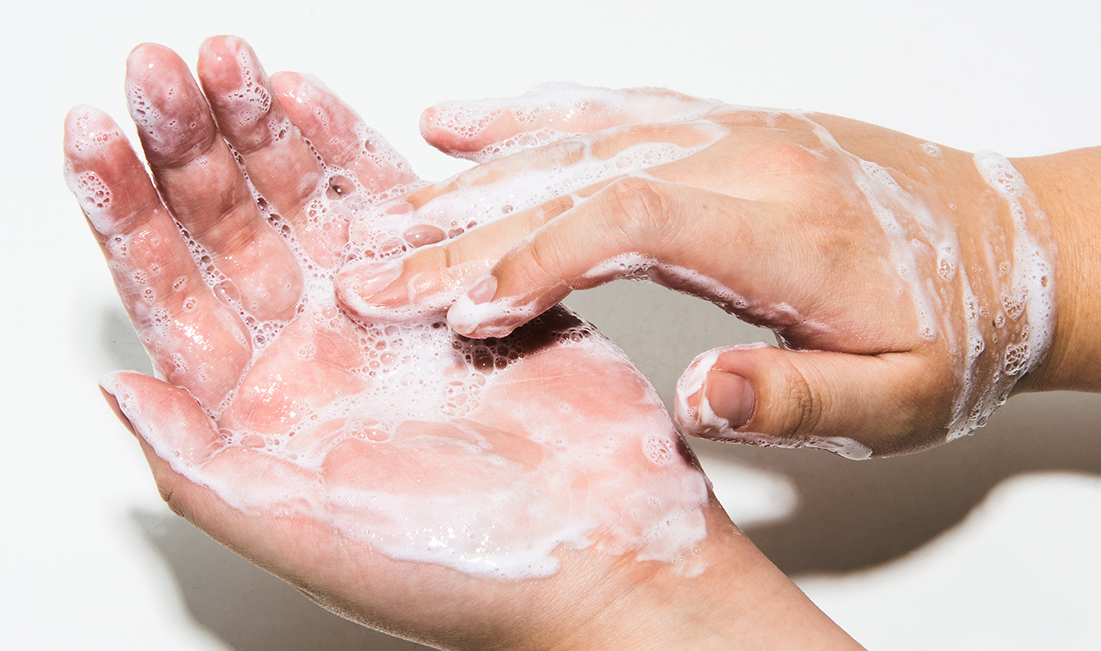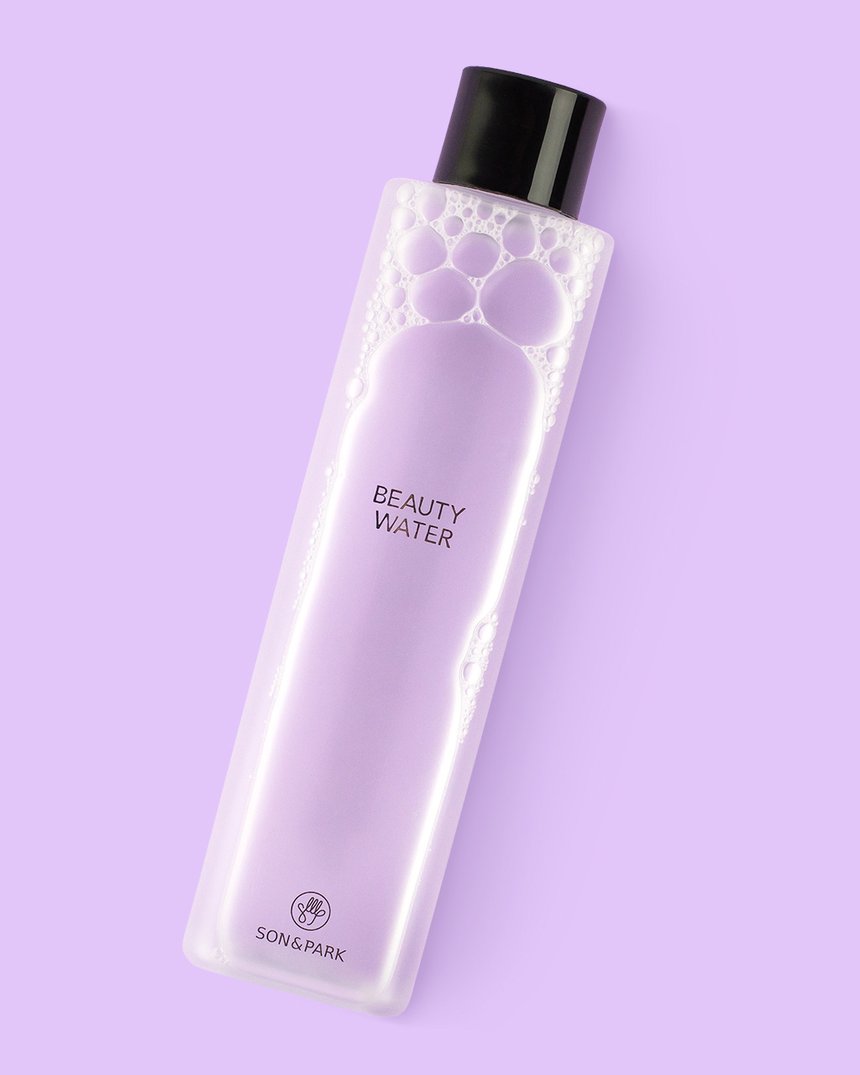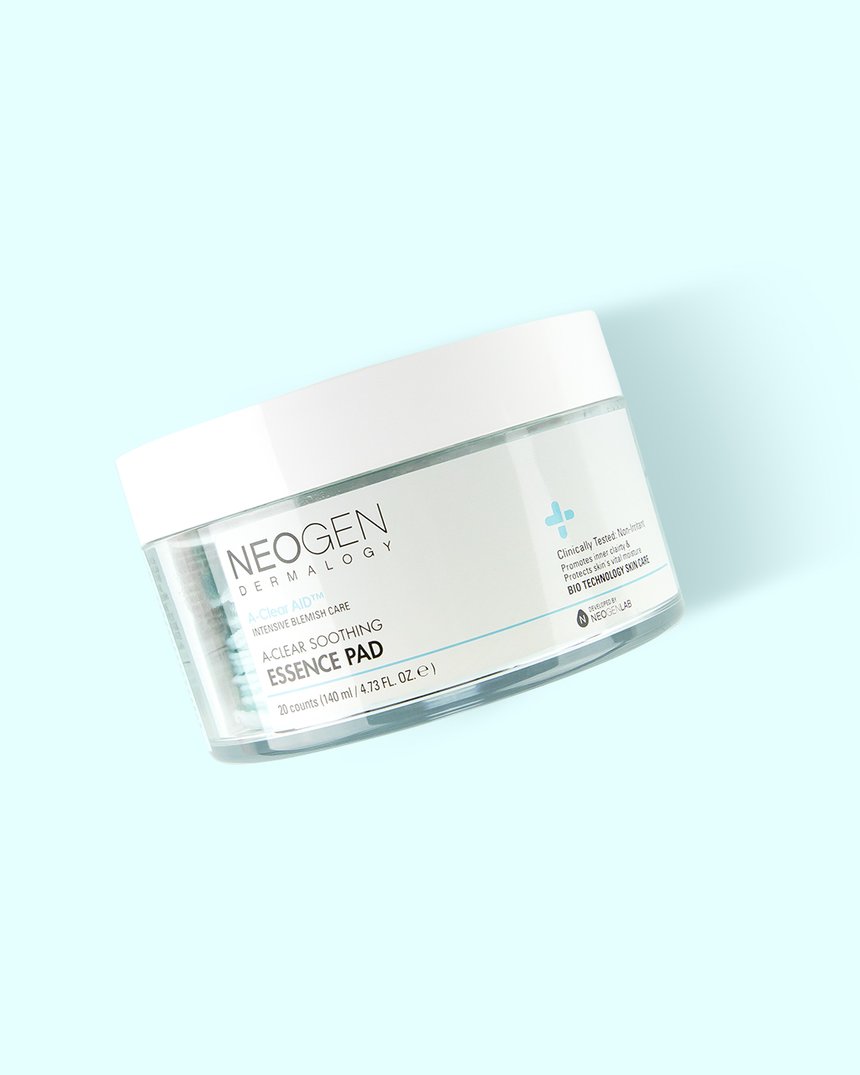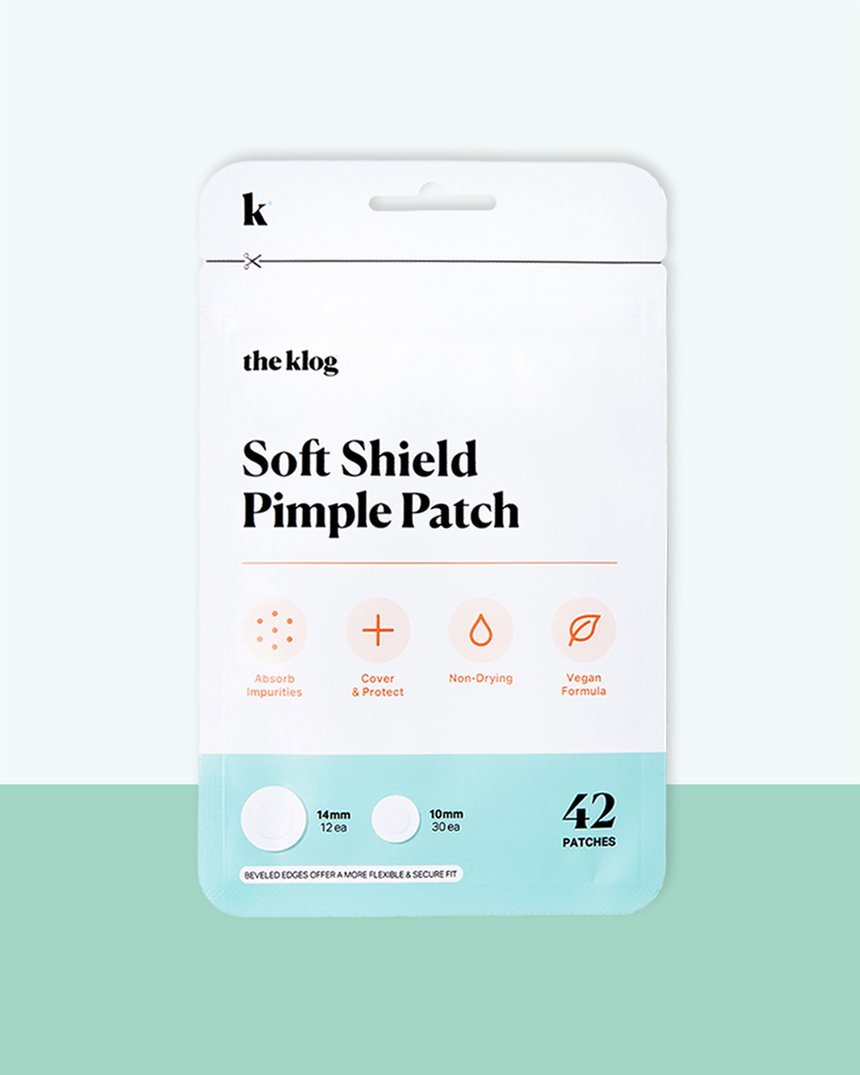There are a few outliers, but the majority of us could do better regarding beauty and skin care sanitary practices. A medical doctor, dermatologist, makeup artist, and esthetician share advice that will both educate and motivate you.
Raise your hand if you’d feel even a twinge of embarrassment letting someone peek inside the contents of your cosmetic bag, skin care shelves, or even the area around your sink? As is the case with other household chores, it’s far too easy to neglect our beauty loot when it comes to keeping things sanitary.
Because we use these products on our face and around our eyes, nose, and mouth, it’s particularly important to remain diligent about cleanliness. To help you jump start a deep clean — and maintain the best sanitary practices when applying makeup and skin care — we asked professionals to share their best advice.
Wash Your Hands Thoroughly Before Beginning Your Regimen
We ought to regularly wash our hands throughout the day, but the task becomes even more important right before we begin touching our faces for our skin care or makeup regimens. We asked Dr. Eudene Harry, who is board-certified in emergency medicine and holistic integrative medicine, to lay out the ground rules for the best handwashing practices:
– Hands should be washed with soap and water for a minimum of 20 seconds. If you’re in a bind, Dr. Harry says, “Hand sanitizers are effective if they contain at least 60 percent alcohol.”
– When washing, Dr. Harry says “it is important to wash all surfaces including between fingers and thumb, palms, and the back of your hand. I usually suggest using nails to clean under other nails.” You can also utilize a nail brush for an extra deep clean.
– “Dry your hands with disposable tissues or paper towel so they can be disposed of in a lined garbage can,” advises Dr. Harry.
You can go the extra mile by wiping down the exterior of any products you plan to use, as well. Dr. Harry says, “I recommend using sanitizing wipes with a solution that contains between 60 to 90 percent alcohol. Antibacterials do not necessarily address viruses.”
There are also sanitizing mists, like Ingredients Skincare’s Antibacterial Makeup Spray: The Cleaner, that you can spray on brushes, tools, and products before using (note they’re not a replacement for washing your hands) just before use.
Don’t Dip Your Fingers In The Product
More and more products are switching to airtight containers which are more sanitary in general, but there are still products stored in jars and pots. Even if your hands are clean, avoid dipping your fingers into the product, says Kallie Henskens, an independent makeup artist based in Austin, Texas. “Use a sanitary beauty spatula or a spoon from your kitchen to keep germs and bacteria from living on the surface of your favorite day and night creams,” she says.
Use Makeup Wipes or Freshly Laundered Wash Cloths
If you like using a washcloth to wash your face, it’s important to use either disposable wipes or freshly laundered wash cloths.
“Wash cloths are often not cleaned properly between uses and are therefore full of bacteria and germs,” warns Dr. Debra Jaliman, a board-certified dermatologist and author of Skin Rules: Trade Secrets from a Top New York Dermatologist. “Using makeup wipes is a much more sanitary option in my opinion. I like to use them to take off every trace of makeup, and I also like to add micellar water to the face wipes to give them even more cleansing power. This helps to keep bacteria away from your face, unless you are using a new or properly cleansed wash cloth.” We recommend trying the Son & Park Beauty Water as another efficacious face-cleansing alternative.
Don’t Pick At Your Skin
Picking at our skin can be a mindless habit throughout the day, and it can ramp up when we’re standing in front of a mirror (especially those of the magnified variety). In general, you should not pick at your skin. Use gentle physical exfoliants, such as the Neogen A-Clear Soothing Essence Pads, to buff away flaky bits, use pimple patches or treatments over blemishes, and use patches on your nose to extract blackheads and sebaceous filaments. “If you absolutely must — [perhaps in the case of a whitehead that’s on the cusp already] — use sanitized, proper extraction tools or even a clean tissue to help prevent the spread of bacteria from exposed acne and oils,” says Stephanie Molina, a licensed medical esthetician at Rejuvenate Austin MedSpa.
RELATED: How to Prevent and Treat Sebaceous Filaments
Toss Expired Makeup and Skin Care Products — Seriously.
Makeup and skin care products do expire, and we’ve covered this in depth here and there. Not only do these products lose their potency as they approach and pass expiration, but they can be a breeding ground for bacteria that can cause infections, breakouts, and skin flare ups. Instead of feeling like you’re throwing away money, consider that you didn’t like the product enough to use it within the allotted time frame.
Dr. Jaliman notes that some makeup can be salvaged and kept fresher for longer with a few techniques. “You can clean a lip gloss wand with alcohol and it will last longer, and you can remove the top layer of your lipstick if you have had it for a long time. You can also wipe the blades of your makeup sharpeners with alcohol, which will help keep your lip liners and eye liners bacteria free,” she says.
Routinely Clean Your Brushes, Tools, and Sponges
On that note, it’s wise to clean all your tools, brushes, spatulas, and sponges at least once per week, but more frequently during cold and flu season, or if you’ve been sick. “Dilute a little dish soap or gentle makeup brush cleanser with water to wash out dirt, makeup, and grime from your sponges and brushes, then lay out to dry,” says Henskens. For tools, wipe or spray down with an alcohol solution.
Wash Your Pillowcase Weekly
Beauty sleep totally counts as part of your beauty regimen, and the cleanliness of your bedding — particularly your pillow case — matters. “Sleeping on dirty pillowcases will increase the risk of acne breakouts and bacteria on your face,” notes Dr. Jaliman. “I personally recommend silk pillowcases since silk doesn’t absorb moisture, leaving you looking fresh-faced when you wake up.” Protip: keep a few folded and laundered pillowcases in your bedside drawer to make swapping out your pillowcase a breeze (even when you’re feeling super lazy).
Deep Clean Your Cosmetic Bags and Bathroom Surfaces
Like our purses, cosmetic bags tend to become a catch-all. In no time at all, a clean bag goes from dusty and grimy, and every time we reach inside it’s like putting our hands into a bacteria battlefield. Make it a habit to deep clean your cosmetic bags once a week. Take everything out and wipe down with an alcohol solution, then wash the bag itself with soapy water before allowing it to dry. While you’re at it, do the same with products sitting in your shelves and on your sink. Listen to a fun podcast to help pass the time!

















